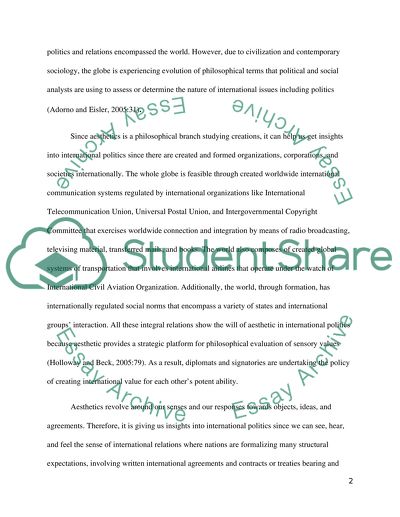Cite this document
(“Can the aesthetic give us insights into the nature of International Essay”, n.d.)
Retrieved from https://studentshare.org/history/1396300-can-the-aesthetic-give-us-insights-into-the-nature
Retrieved from https://studentshare.org/history/1396300-can-the-aesthetic-give-us-insights-into-the-nature
(Can the Aesthetic Give Us Insights into the Nature of International Essay)
https://studentshare.org/history/1396300-can-the-aesthetic-give-us-insights-into-the-nature.
https://studentshare.org/history/1396300-can-the-aesthetic-give-us-insights-into-the-nature.
“Can the Aesthetic Give Us Insights into the Nature of International Essay”, n.d. https://studentshare.org/history/1396300-can-the-aesthetic-give-us-insights-into-the-nature.


